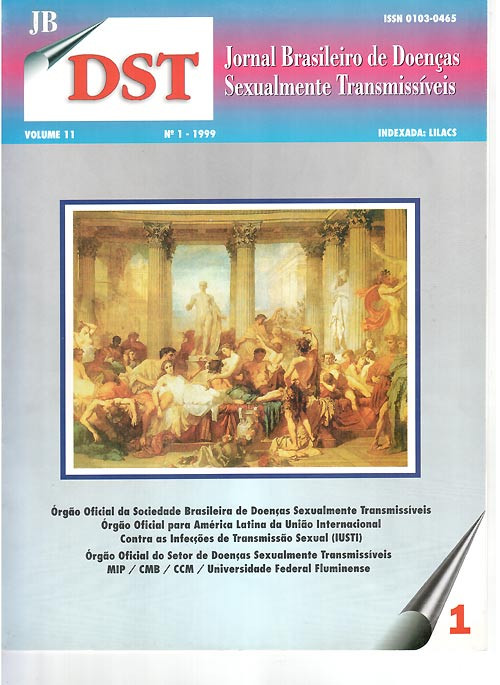Cytological changes associated to Trichomonas vaginalis
the influence of a second agen
Keywords:
T. vaginalis, G. vaginalis, parasitic proto-zoa, trichomoniasis, cytological Changes, cytologi-cal evaluation, cervical cancerAbstract
Background: The ocurrence of sexually transmitted diseases have been focused by severa! authors as co-factors on the promotion of cervical cancer. Among infectionsagen ts like T. vaginalis has been frequen tly found in patients exhibiting cervical cancer. Objectives: The present study was conducted to correlate two patients groups, in order to evaluate squamous cytological differences between women harboring only T. vaginalis, anda group harboring T. vaginalis and G. vaginalis with its associated anae- robic flora. Cytoplasmatic, nuclear, and cellular chan- ges were focused. The role of G. vaginalis as a pro- tective factor in the development of cytological alte- rations caused by T. vaginalis was analysed, as well as the symptoms implicated with both infections. Results: Pseudoeosinophilia (64%), perinuclear halos (53%), hiperceratosis (18%) and increased nu- dei (35%) were the most usual findings. Meanwhile, hiperceratosis was two-fold more frequent in the double infection group. Fuzzy border and nuclear alterations increased accompagning T. vaginalis ino- culum rise. Increased nuclei showed a positive asso- ciation with acute trich omoniasis (51 %), besides the chronic cases that pseudoeosinophilia was more com- mom. ltching was more significant in the T. vaginalis group (74%), and odor was exacerbated in the pati- ents harboring both agents. Conclusions: The authors concluded that not only the presence of G. vaginalis, but also the T. vaginalis amount, discharge duration, itching and malodor can be related to several cytological and clinical chan- ges, which sometimes could be confounded with cer- vical cancer or viral a bnormalities.












